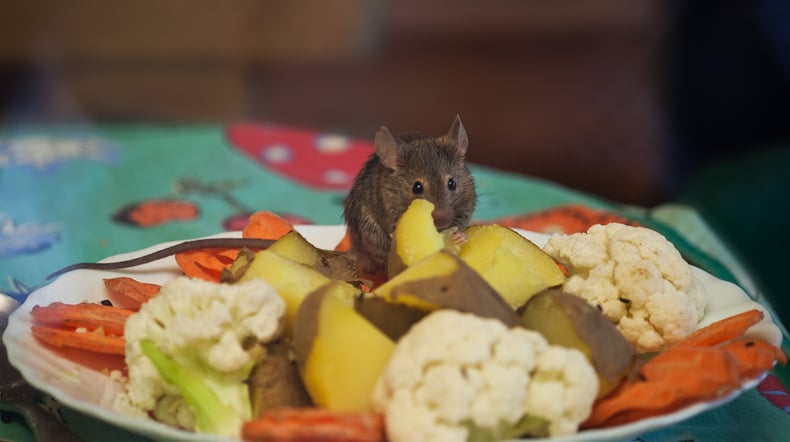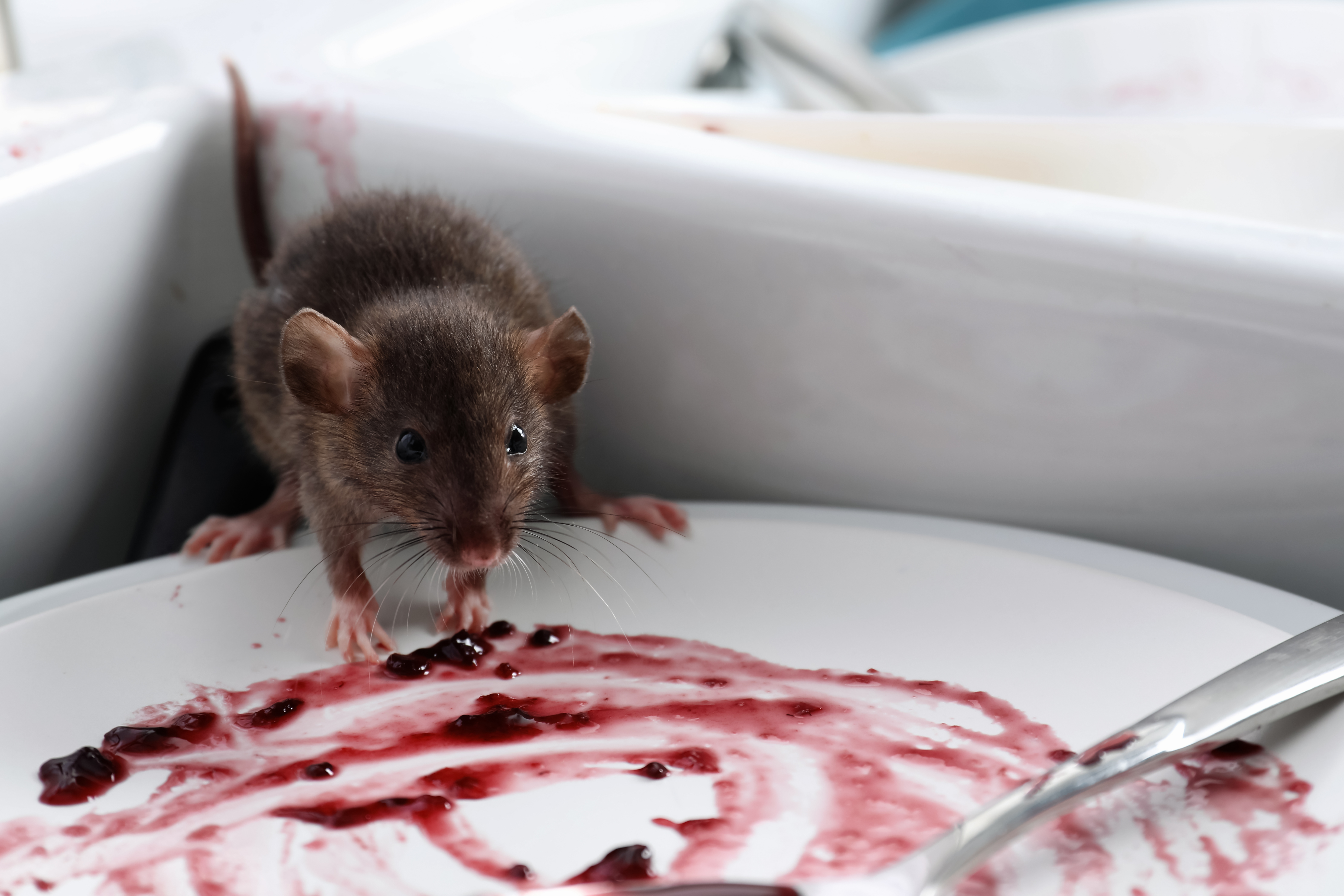Protecting your business from pests is serious. After all, an invasive pest infestation can put an immediate stop to day-to-day operations, resulting in a huge loss of profits, and even leaving a negative impression on customers if any unwelcome pests are spotted. That’s why commercial integrated pest management pest control methods are most effective. IPM techniques eliminate pest populations before a problem even begins. Rather than use pesticides and baits to tackle pests that have already invaded, these essential commercial IPM methods are preventative and keep your business running smoothly at all times.
Have A Strict Garbage Routine
Improperly managed garbage can attract unwanted pests. Create a trash removal plan and stick to it. Do a deep cleaning of trash bins and ensure that all trash is removed from your business at least once a week. In warmer weather, trash removal should be done more frequently. Always be sure to cover trash bins when not in use, as open trash bins are an open invitation to invading pests. Lastly, keep the outside of your property clean and trash-free. Pick up litter in the surrounding area to truly ensure that no pests are tempted to stay.
Clean Up Every Day
One of the most effective commercial IPM techniques is keeping your business clean. Aside from taking out the trash, your business should make a clear schedule of cleaning duties. Every department, every area, and every portion of your company should have routine cleaning. Common areas, desks, and lunchrooms should be vacuumed and wiped. Special cleaning crews should do a deep cleaning of machinery to get rid of any dirt and grime. After all, less dirt means fewer pests, so staying on top of building cleaning is an absolute must if you want to keep your company pest-free.
Inspect Incoming Materials
Even if you painstakingly clean your business’s building, incoming materials can unkindly bring pests inside. And once pests are inside a safe, comfortable place, they’re not too likely to leave on their own. Carefully look over all materials that are brought into your company. Especially food sources. Food sources are more likely to have pests hidden among them. Only materials completely free from insects and rodents should be allowed into your building.
Separate Different Materials
Simply inspecting incoming materials isn’t always enough. To further ensure that your commercial property is well-protected against pest infestations, keep all raw materials stored separately from each other. If a pest infection can be contained in a single area, it’s far easier to control damage and remove the problem. However, if a pest population is allowed to move from resource to resource, it can quickly mean that the company is infected.
Make the Right Light Choice
Cast your business in the best light by keeping it pest-free, always. Making smart indoor and outdoor lighting choices can drastically reduce the chances of pests invading your company. Use outdoor lighting that doesn’t attract insects, such as sodium vapor lighting. Make sure that outdoor lighting isn’t located near any entryways to draw pests into your building. When it comes to indoor lighting, keep lights clean and protected. Some pests might be attracted to the warmth of the fixtures.
Seal Entries Tight: Close all doors and windows tightly when not in use. Even the smallest of cracks or gaps can let in a few pesky pests. And it only takes a few pests to cause a lot of problems. Depending on the necessities of your building, try installing rubber dealing devices on doors and screens on both doors and windows to keep pests outside.
Trim Foliage
Depending on the pest, foliage can act as a food source, a form of shelter, and even a way to enter your business’s building. To keep pests away, remove all foliage growing around the outside of your building. There should be at least 2 feet of distance between the walls and where the plants start growing. If foliage can’t be removed, be sure to keep it trimmed short and equipped with proper drainage. Instead of foliage, consider adding gravel around the perimeter to deter pests.
Avoid the Windows
When storing your company’s products, place them away from the windows. Especially if those products are tempting to pests, such as food materials. Don’t give pests any incentives to enter your building. By storing supplies in places without easy pest entryways, you can help protect your business better.
Conclusion
Working together with pest control specialists knowledgeable in commercial IPM methods is the safest way to keep your business clean and completely pest-free. Don’t make the mistake of waiting until a damaging pest problem has occurred to ask for professional assistance.
Make sure that you’re only working with the best pest control company available. Check out this comprehensive pest control comparison checklist for everything you need to know when selecting pest control services!

.png)








Submit a Comment